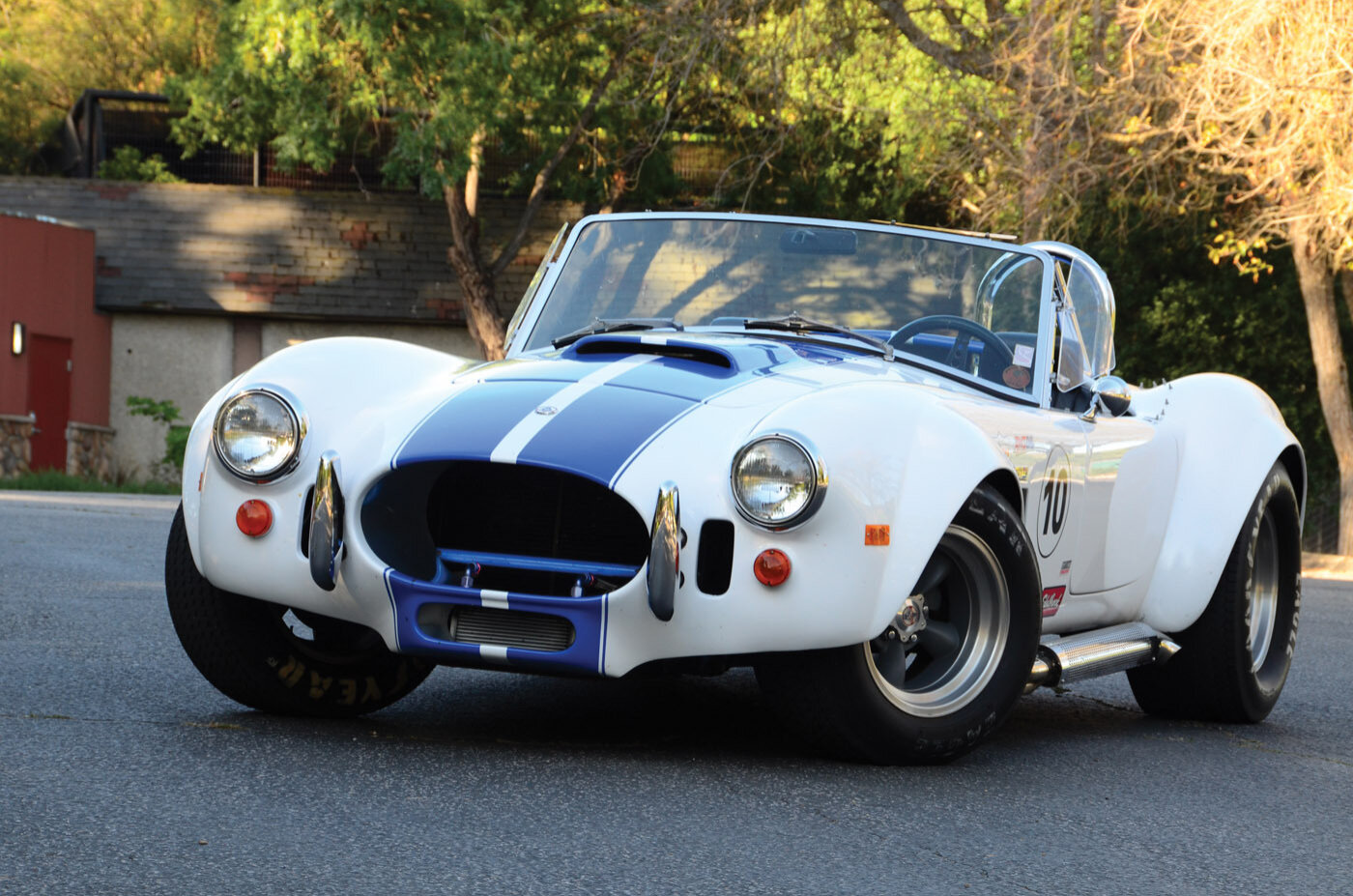
Carbon fiber-bodied Cobra replica
By Steve Temple
Photos by Glenn Walton and Steve Temple
With so many companies producing Cobra replicas over the years, there’s bound to be a few with uncertain parentage. Consider Howard Love’s car. When he first contacted us about a possible feature, he believed it was a Shelby. Or so he was led to believe by the seller, who was unwilling to provide any further details other than the fact that the body was made of carbon fiber.
This aspect was puzzling since Shelby American never made any bodies with that material during my stint there as director of marketing. Fiberglass and aluminum were the only options, and that’s still the case to this day. Intrigued, I asked if there was a CSX chassis number, proof of the car’s authenticity as a Shelby Cobra.
That met with a puzzled response as Howard wasn’t familiar with this designation. A chassis plate, Shelby or otherwise, was nowhere to be found on the car. Curiosity got the better of me, and upon checking out the car in person, a number of other discrepancies turned up.
The dash is made of carbon fiber as well, and the gauges are nontraditional, but those items could have been done as a builder upgrade. Even so, the cockpit coamings are too thick for a Shelby, and the foot boxes visible in the engine bay have a different shape and size.
The chassis has a 100-inch wheelbase, 10 inches longer than a Shelby’s. And the frame consists of 2-by-4-inch rectangular tubing instead of the 4-inch round tube found on a Shelby. The front uprights have a different configuration, and the rear suspension is a Ford 9-inch live axle, instead of an IRS.
So all told, it’s a replica of some sort. Not that there’s anything wrong with that, as the car has much to commend it. Howard has weighed it, and at 1,852 pounds, it’s substantially less than the 2,500 pounds or so you’d normally expect. Even though the car’s DNA is murky, one thing is clear: how much weight can be pared off using an advanced composite along with a small-block engine. Powered by a built 351 Windsor punched out to 427 ci, it has 545 horses on tap, running like a scalded dog.
“It’s absolutely terrifying when I get on it,” Howard admits. “It’ll spin the tires going from fourth to fifth.” It also floats a bit at 130 mph and tends to plow in the turns, he adds, possibly because the engine was relocated about 6 inches farther back.
Trying to cast more light on the car’s murky history, Howard says the car was set up by the previous owner to compete in the Rolex Series races. The performance parts are even more surprising.
“When I bought it, it was plumbed for nitrous, with a Paxton supercharger,” he notes, which delivered an excess of power. “I removed the supercharger because it wasn’t street – or me – friendly.” Since the car was not intended for the street, there isn’t a lot of polished aluminum or metal under the hood, and it cost him about $5,000 to make it street ready.
To keep the car hooked up, the tires were originally Indy, non-DOT approved. Each one cost $470. “For someone who wants to spend less, you can get Goodyear, or BF T/A’s tires,” he advises. “Sure they cost you less, about $200 each, but they don’t hold worth a crap. My tires are sticky as hell, but they hold a lot better.”
All told, “It’s like an orphan; nobody seems to know what it is.” But the history isn’t so important, as “I just drive the hell out of it.” And that’s no mystery.

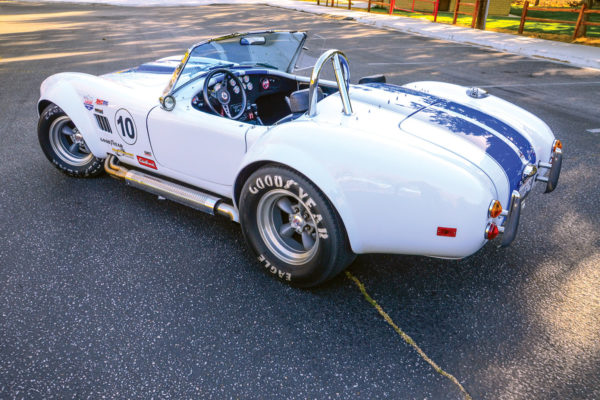
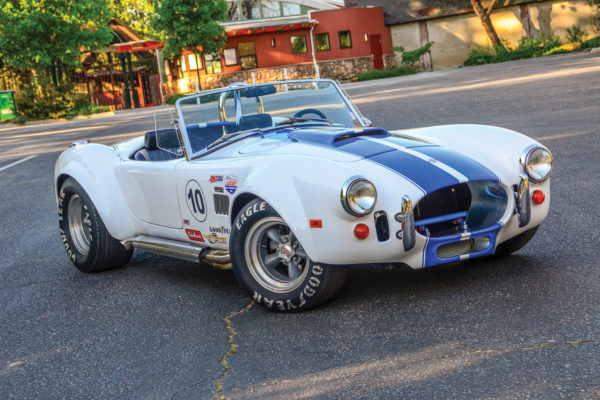
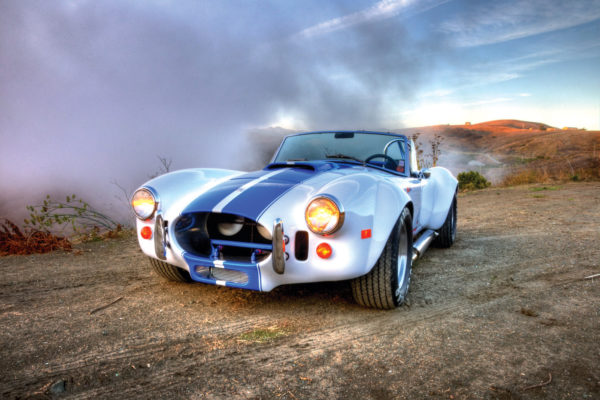
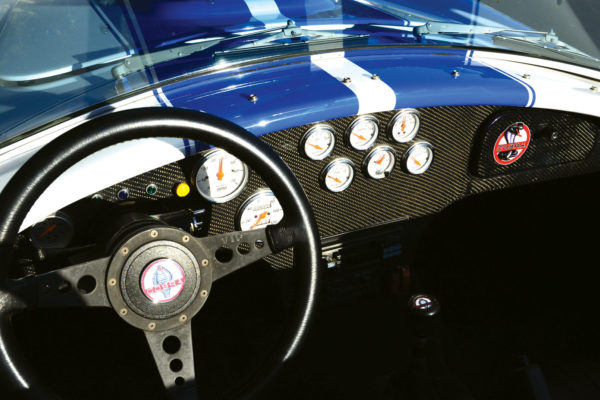
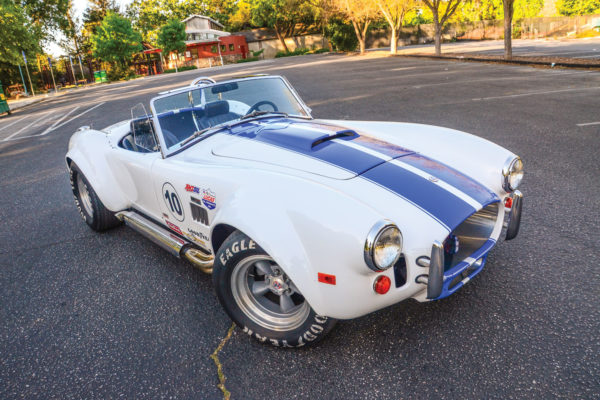
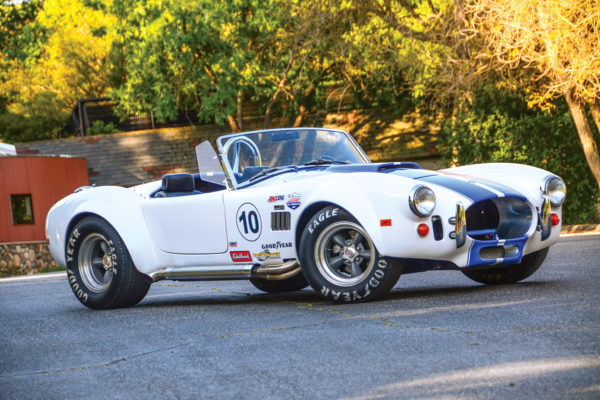

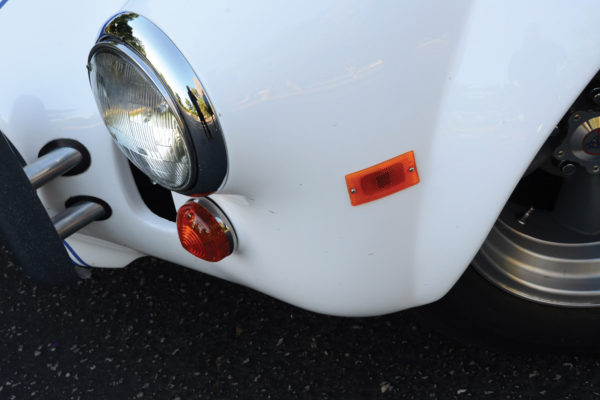
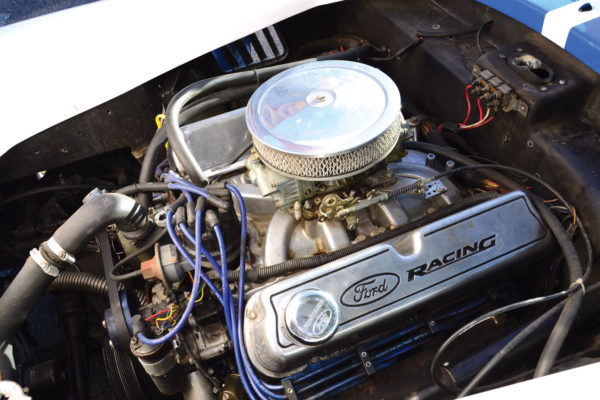
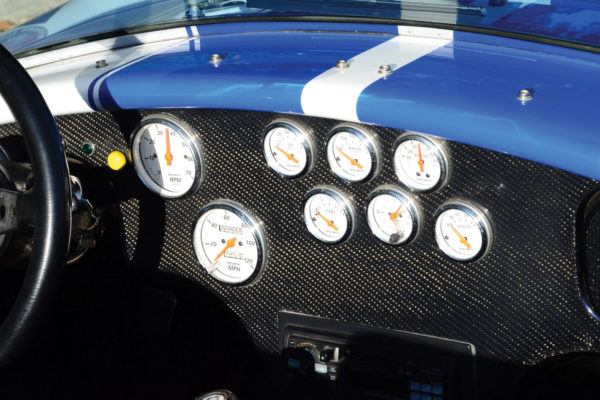
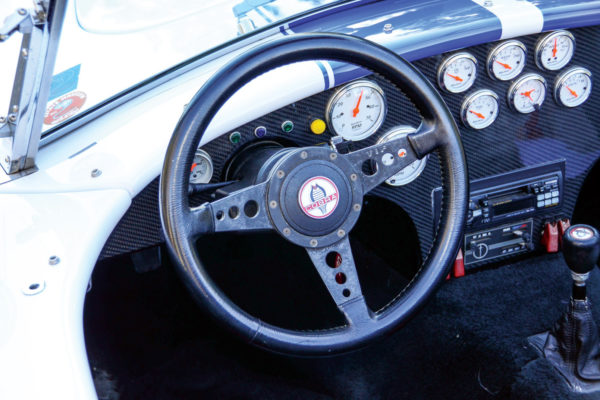
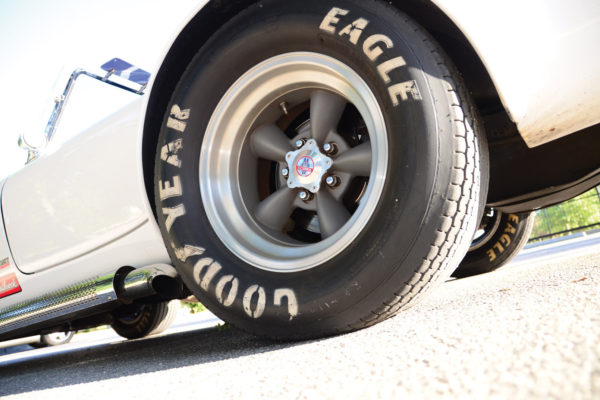
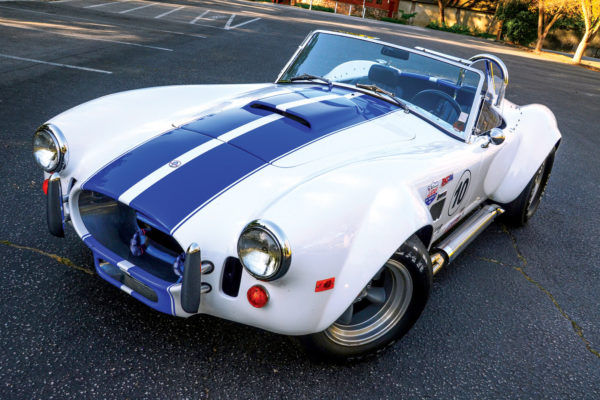
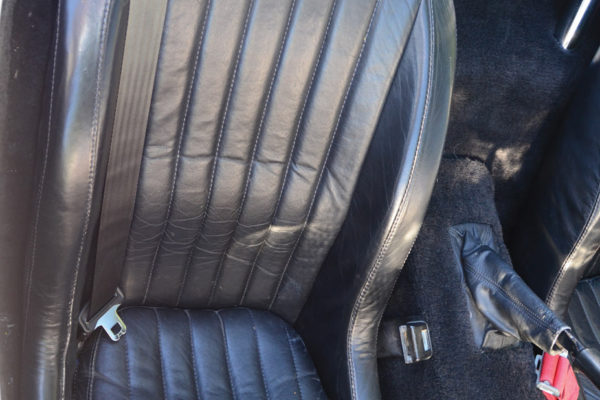
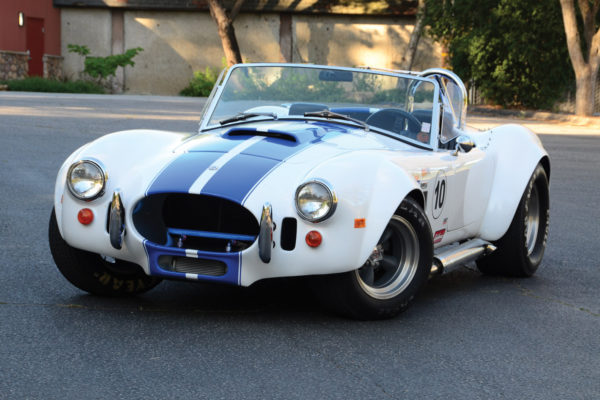
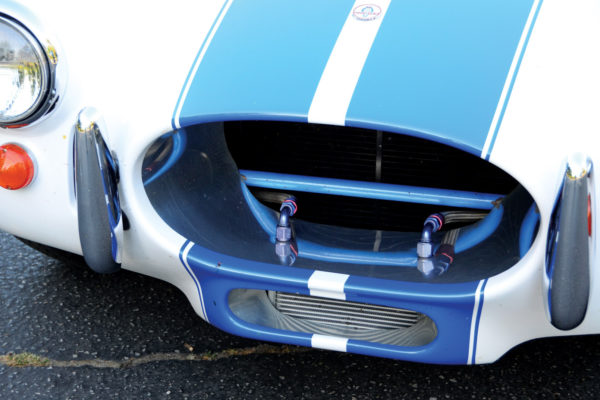
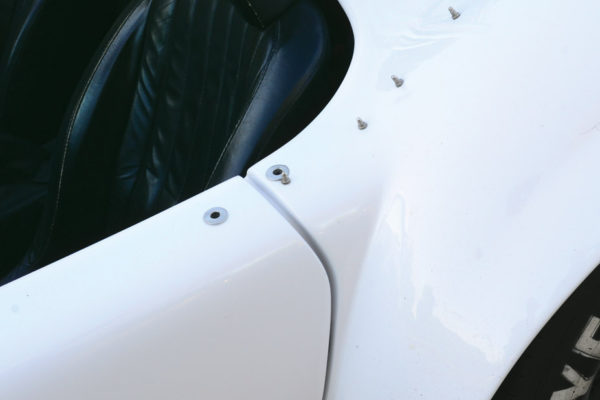
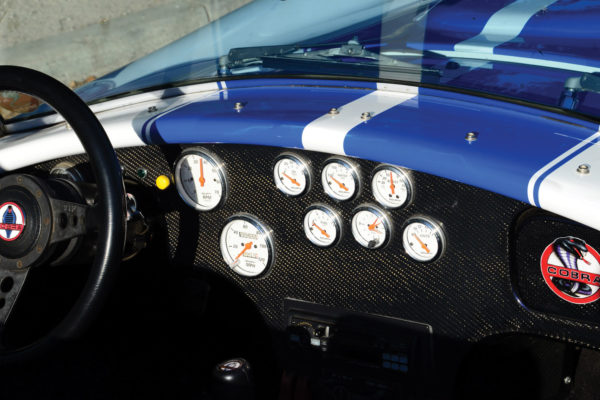
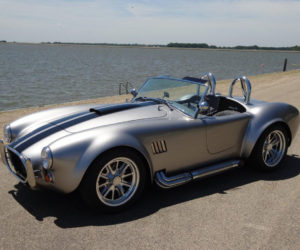
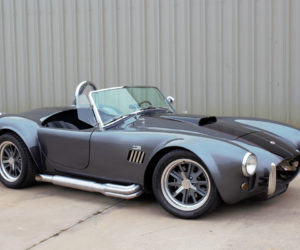

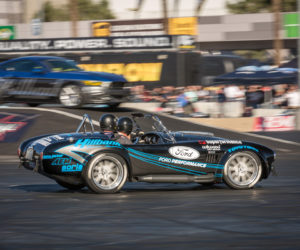

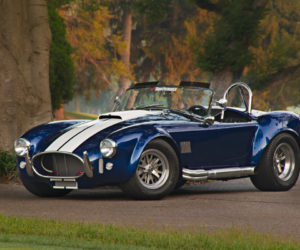




Comments for: Mystery Snake
comments powered by Disqus